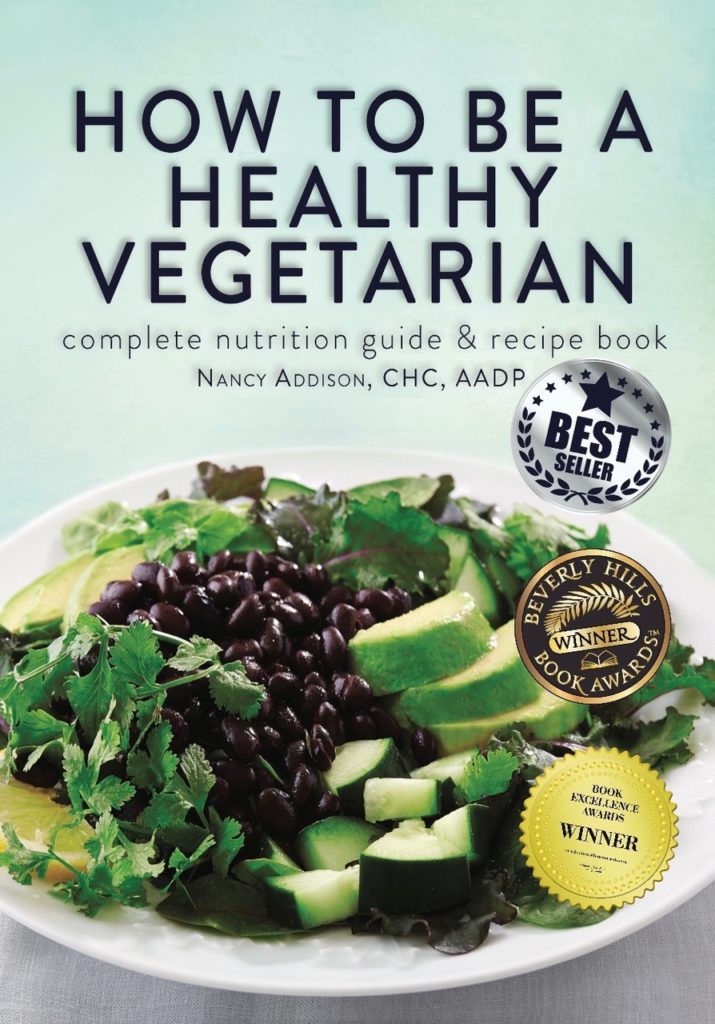Do you ever wonder, what is in the food that you eat?
The information you read on labels should have to tell you what kind of ingredients are in the product. I always buy certified organic, when I can. Even if it is fresh, whole food, I want to know, if it is genetically modified for one thing. Certified organic used to mean that it was “not” from genetically modified seeds.
The certified organic has been watered down so much, that they have more and more (over 250) non-organic ingredients that can be added to them, as well as foods from genetically modified seed, I was so sad, when they started putting people on the certification board that were tied in with these huge industries that are in the business of genetically modified foods.
I am alarmed at the studies done on animals that have been given a diet of genetically modified food.
The industry keeps these quiet. “An estimated 75 percent of foods in U.S. grocery stores contain GM ingredients. About seven out of every 10 items in the average grocery cart have been genetically modified. And don’t bother reading labels to see if you’re buying a GM product, because no labeling is required.” (1) “What I know is that, there are two basic types of genetically engineered crops on the market now: herbicide-tolerant and insect-resistant.
Herbicide-tolerant crops usually include corn, cotton, sugar beets, soy, and canola. These are grown to handle the direct use of pesticides on them. There are over a billion pounds of pesticides used in the United States alone, each year. Many of these chemical fertilizers were developed for use as bombs or poisons in warfare. They poison our food and our environment.
Pesticides particularly affect our nervous system. Insect-resistant crops usually include corn, potatoes, soy, and cotton. These plants actually produce an insecticide to kill insects that feed on them. If this is what the genetically engineered plant is doing to a small insect, then what is it doing to the person who is eating this food? The effect of this type of plant on the environment and in the human body, especially long-term, is unknown.
Genetically engineered, or genetically modified (GM), plants are escaping into the wild and inter-breeding with wild plants. Our pollinators, such as bees, are in trouble now. Are genetically engineered plants a contributing factor? Good question. Genetically engineered food is such a recent food product that no long-term, in-depth studies show their long-term effect on humans or the ecosystem. You must decide for yourself if eating food that has pest control built right into it or has large amounts of poisons put on it is good for human consumption.” (2)
So, this November, California will vote for “the right to know” what is in their food. I am a member of a group called “ Slow Food.” The group of Slow Food USA is supporting this campaign to make these companies and the producers of genetically modified foods actually put it on the label of the food. I support this right to know. Here is a link for you to help with the campaign.
So, if you want to know what and where you food came from, join in and sign you name for fair, healthy, good, and clean food! If they do it in California, then we may be able to get in the other states as well. Let’s get this supported! Let your voice be heard!
Slow food says,” This issue isn’t just about California. With just 33 days left until election day,Monsanto, DuPont, Dow, ConAgra and other pesticide and processed food corporations have come up with $34 million to ensure you’re kept in the dark about what’s in the food you eat and serve your family. Slow Food USA stands in opposition to these forces.”
They also said, “At a recent event in California, Slow Food’s founder Carlo Petrini told us that passing Proposition 37 should be Slow Food California’s top priority in the next 33 days. Without taking a position for or against GMOs, he urged us to protect our right to know what we are eating. “The campaign is important for all of Slow Food,” he said. “And not only for California but for the entire United States and the whole world.” He told us all that the world is watching — can we protect our right to know?”
Sources:
1.- Mercola, Dr. Joseph. “Everything You HAVE TO KNOW about
Dangerous Genetically Modifi ed Foods.” Dr. Joseph Mercola’s
website. October 17, 2009. articles.mercola.com/sites/articles/
archive/2009/10/17/everything-you-have-to-know-about-dangerous-
genetically-modifi ed-foods.aspx.
2. Addison, Nancy’s award-winning book, “How To Be A Healthy Vegetarian” June, 2012.
copyright@nancyaddison2012
Find our more from Nancy’s international award-winning 2nd edition of How To Be A Healthy Vegetarian.
By Nancy Addison





